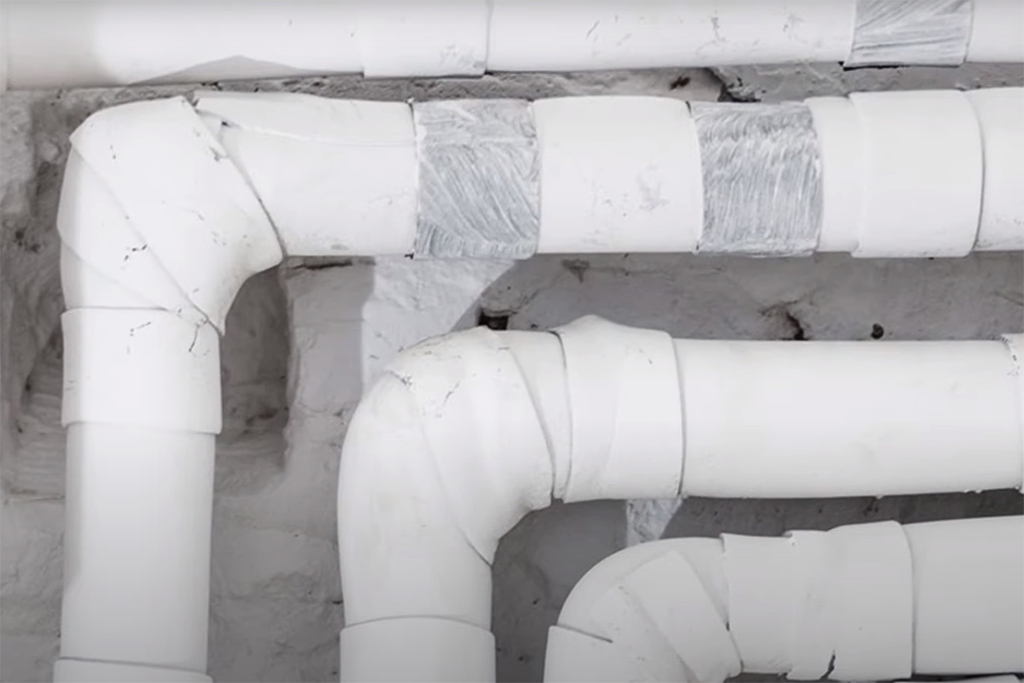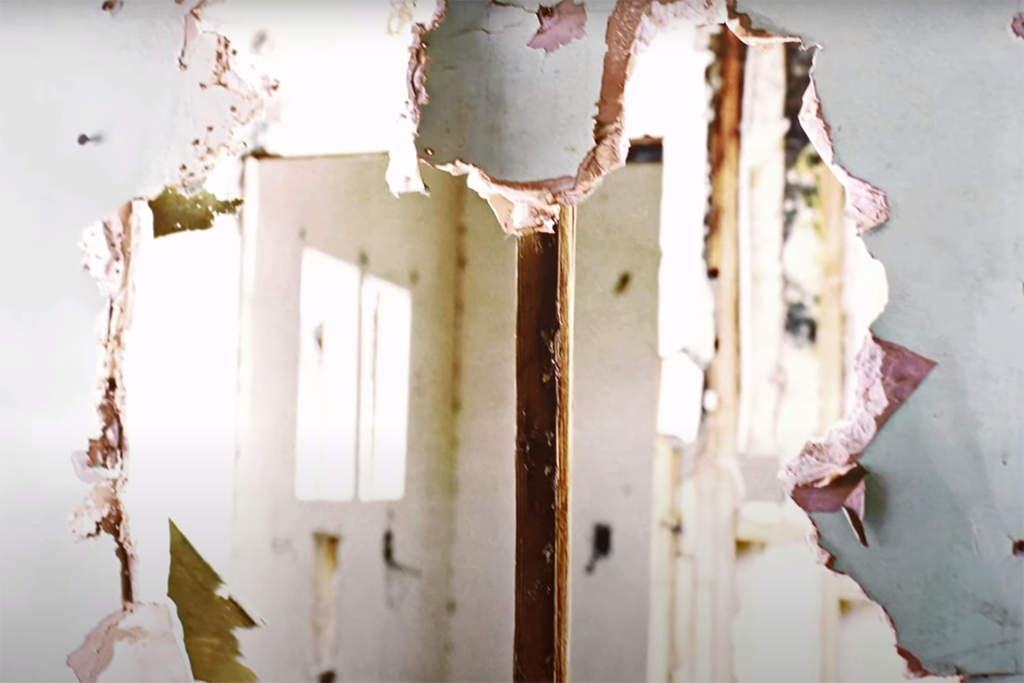It’s time to kick-start a new round of efforts to eradicate asbestos from the built environment in Canada says a broad group of activists.
Adam Melnick, director of Canadian affairs for the International Association of Heat and Frost Insulators and Allied Workers, said the federal ban on asbestos in 2018 should be seen as merely the starting point for mitigation efforts. He said his union’s members and indeed the broader construction sector are at risk of another damaging round of exposure as older buildings are targeted for retrofits to meet Canada’s climate goals.
The Insulators, the Canadian Mesothelioma Foundation and Asbestos Free Canada have formed a working group that is advocating at both the federal and provincial levels for reforms, with the major focus a call for the federal government to develop a national asbestos strategy supported by a new agency. Australia’s program is cited as the successful model.
“We need a strategic approach to asbestos in Canada,” said Alec Farquhar, co-ordinator with Asbestos Free Canada.
“This includes assessing the risk of the legacy asbestos in hundreds of thousands of buildings across Canada and developing a plan to remove it in a cost-effective way, ideally linked with other necessary work on our infrastructure, especially to strengthen our resiliency to the impact of climate change.”
Melnick said newcomers to the industry learn about asbestos through hazards training and how the substance was used in insulation, floors and roofs and in the production of pipes. But veteran journeypersons talk about how it was freely mixed with cement, how workers would not even bother to cover their faces with bandanas and how it was even thrown around like snowballs.

Decades of use resulted in thousands of illnesses and deaths, he said, and now the cycle may be repeated.
“We’re talking about retrofits, we’re talking about our built environment lowering emissions, which means we’re modernizing or updating mechanical systems and beyond,” said Melnick, who has worked as an insulator — a trade formerly called asbestos worker — himself. “What’s inside these existing buildings? Asbestos.
“We’re about to reembrace it, to be exposed to it again, at a whole new level.”
The federal ban mandating the end of asbestos use resulted in asbestos mitigation being out of sight, out of mind, Melnick said.
“But the fact is, a huge chunk of our built environment still contains the material in a lot of different ways.”
Workers who come into contact with asbestos are at risk of inhaling asbestos fibres, which can lead to lung cancer, mesothelioma and other respiratory illnesses. According to the Canadian Centre for Occupational Health and Safety, diseases associated with asbestos exposure lead to approximately 2,000 workplace-related deaths annually.
Besides the call for a national asbestos strategy, the Insulators and their allies are calling for a mesothelioma patient registry and improved standards in early detection and treatment of mesothelioma.
In 2021, the Ontario government requested the Occupational Cancer Research Centre examine the feasibility of creating a mesothelioma registry. The agency submitted their report to the Ministry of Labour, Immigration, Training and Skills Development in the spring of 2022.
The report has not yet been released by the ministry. Asked for comment, a ministry spokesperson said the government is reviewing the report to ensure it does not duplicate existing efforts.
The advocates praised the appointment of Dr. Marc de Perrot as the first professor in mesothelioma research at the University Health Network in Toronto.
On the federal front, Melnick said he was in the process of writing to Prime Minister Justin Trudeau directly given the number of ministries that should be involved. A recent briefing paper prepared for distribution to federal and provincial officials noted that estimates suggest over 235,000 Canadian workers are still regularly exposed to asbestos, including around 157,000 construction workers.
The growing call for a national effort is linking disparate groups in a common cause. Ottawa-based building trades advocate Richard Hayter, Farquhar and a P.E.I. mother of two have shared an anecdote about a high school renovation in that province that raised red flags about asbestos exposure. CTV reported on the continuing use of asbestos cement pipes across Canada and found 67 per cent of the 385-kilometre network of water pipes in Prince George, B.C. contained asbestos.
“There’s still lots of products being imported into Canada,” said Hayter. “And that’s something that the regulatory body would be in a position to control, manage and penalize. But at this point, there are really no mechanisms to prevent this from happening.
“Canadians are getting fried, that’s the nickname for it.”
Other advocates include the Ontario Building Trades and Canada’s Building Trades Unions (CBTU). Asked for comment on the call for a national asbestos strategy and agency, CBTU executive director Sean Strickland said, “We’re 100-per-cent supportive.”




Recent Comments